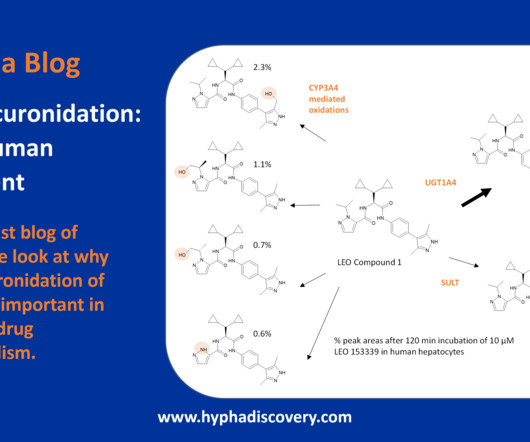The Data-Driven Future of Drug Development
DrugBank
OCTOBER 17, 2024
By utilizing high-resolution protein structures obtained through X-ray crystallography, researchers could design small molecules that potently inhibit the SARS-CoV-2 main protease, a key enzyme essential for viral replication. These complex molecules require precise engineering to ensure optimal efficacy and safety.










Let's personalize your content